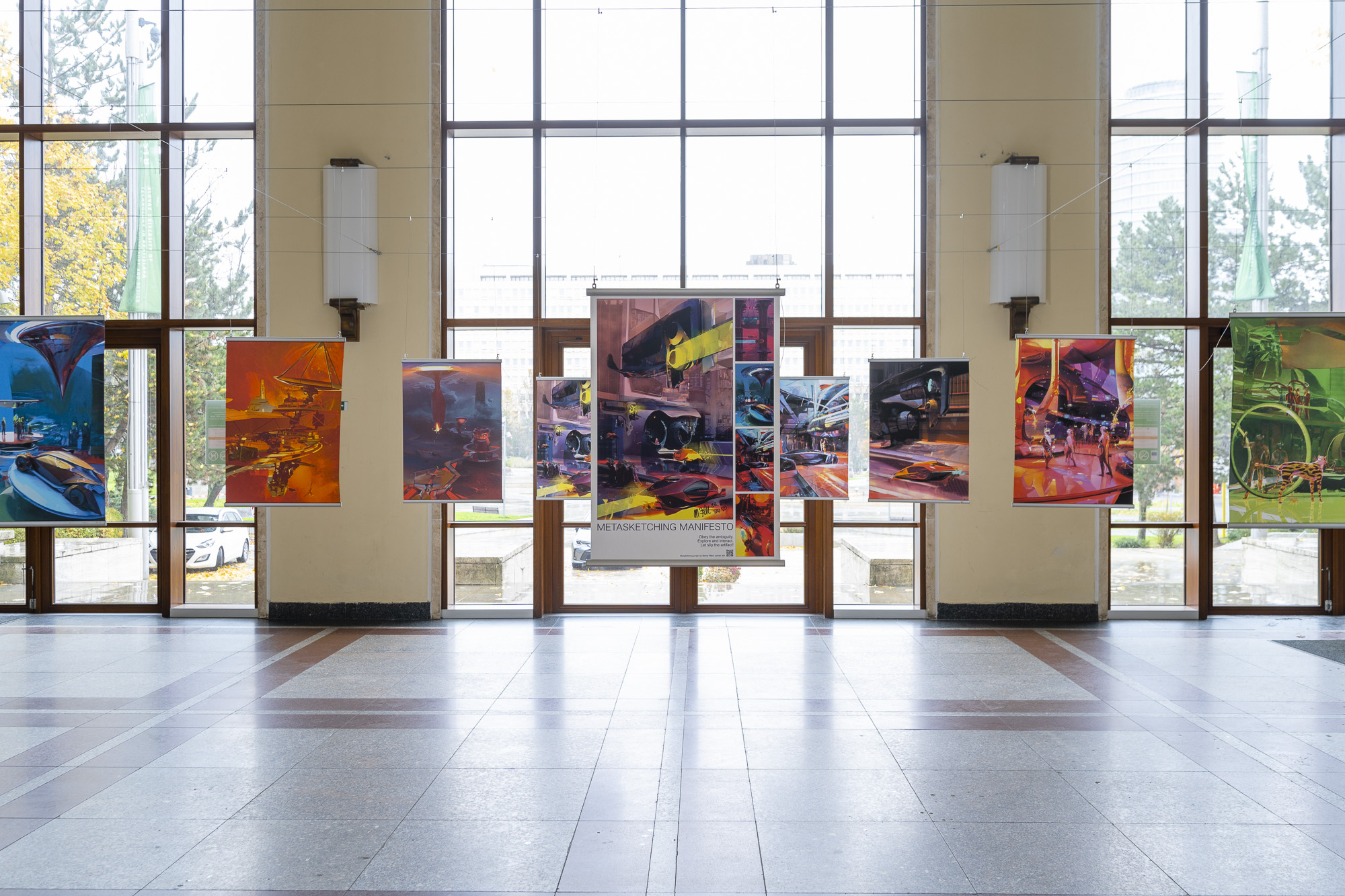Metasketches
Embark on a journey into the realm of "Metasketches," a series that took shape over three weeks in April 2022 (and made a return in late summer). Born out of my doctoral research on design ideation, these artworks serve as humble milestones in my creative exploration.
Sharing glimpses of my academic venture on social media, these sketches might seem intricate, but at their core, they're simple reflections. Crafted with a blend of virtual reality, artificial intelligence, and traditional digital tools, each stroke aims to capture the essence of a sketch: quick, emotive, and gestural, mirroring the fluidity of my thoughts.
Unveiled one by one on social platforms, these artworks are not elaborate masterpieces but rather snapshots of my creative process—a dance between innovation and tradition. Together, they weave a narrative, inviting you to witness the evolution of ideas in real-time.
In a modest tribute, the entire series is dedicated to Syd Mead, the revered figure in concept art. "Metasketches" honors his influence, infusing a touch of gratitude into this creative endeavor. As you explore these creations, may you find a quiet inspiration, akin to the unassuming brilliance of the father of concept art.
Locations:
- University of Western Bohemia, Czech Republic (6/2022 - 7/2022)
- Wacom Experience Center Dusseldorf, Germany (10/2022 - 2/2023)
- Castle Valec, Czech Republic (9/2022 2/2023)
- STU FAD, Bratislava (20.11. - 8.12.2023)
Selected pieces are also available as NFT edition at: https://opensea.io/Metasketches
Get the VR exhibition and PDF catalogue here: PDF
Selected prints available at Artstation:
https://www.artstation.com/mikedee/prints

